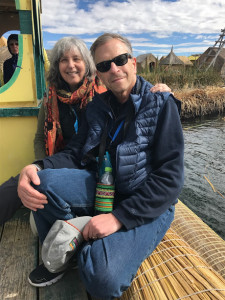 Shomrei is a conservative synagogue. According to Wikipedia, the term “conservative” was meant to signify that Jews should attempt to conserve Jewish tradition, rather than reform or abandon them. The dictionary defines the verb “conserve” as protecting from loss or harm; the verb “reform” as improving by alteration, correction of error, or removal of defect; the verb “abandon” as surrendering one’s interest in.
Shomrei is a conservative synagogue. According to Wikipedia, the term “conservative” was meant to signify that Jews should attempt to conserve Jewish tradition, rather than reform or abandon them. The dictionary defines the verb “conserve” as protecting from loss or harm; the verb “reform” as improving by alteration, correction of error, or removal of defect; the verb “abandon” as surrendering one’s interest in.
I thought a lot about “conserving” during our recent trip to Peru.
Spanish conquistadores arrived in Peru in 1528. This occurred shortly after the Reconquista (reconquest of Spain from the Moors) and expulsion of the Jews in 1492. These events are not unrelated. Rather the colonization of the “New World” was a continuation of a crusade against the other, peoples with different belief systems who were regarded as infidels.
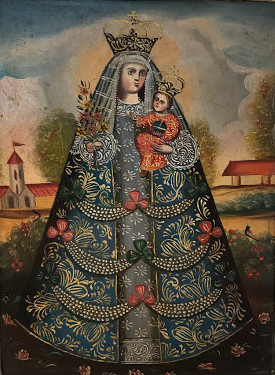 On the surface, the Spanish were successful. The indigenous people, including the Inca, were forcibly converted to Catholicism. They did not, however, abandon their beliefs and culture. Religious figures in paintings and statues are garbed in traditional Inca attire. The figure of the Virgin Mary is clothed in the triangular mountain-shaped garb of Pachamamma, the Andean goddess of fertility or Earth Mother.
On the surface, the Spanish were successful. The indigenous people, including the Inca, were forcibly converted to Catholicism. They did not, however, abandon their beliefs and culture. Religious figures in paintings and statues are garbed in traditional Inca attire. The figure of the Virgin Mary is clothed in the triangular mountain-shaped garb of Pachamamma, the Andean goddess of fertility or Earth Mother.
Then there is the rendition of The Last Supper in the cathedral in Cusco by Marco Zapato, a Quechua painter (Quechua are one of the indigenous ethnic groups of Peru). Around the table are the items that would be included in a Shamanic offering to Pachamamma. On the platter is roasted guinea pig, an animal typically used in Inca sacrifices. And the figure of Judas (the person to the left of the guinea pig looking out rather than at Jesus) has the face of Pissarro.
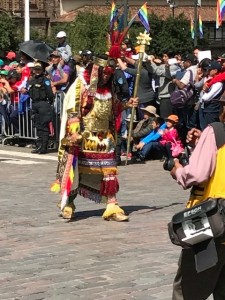 Shamanic rituals, including offerings to Pachamamma, continue to this day. There is a parade every Sunday around the main square of Cusco and other Andean towns, much of which involves Pachakuti, founder of the Inca, and Inca ritual dances – Catholic rituals were noticeably absent.
Shamanic rituals, including offerings to Pachamamma, continue to this day. There is a parade every Sunday around the main square of Cusco and other Andean towns, much of which involves Pachakuti, founder of the Inca, and Inca ritual dances – Catholic rituals were noticeably absent.
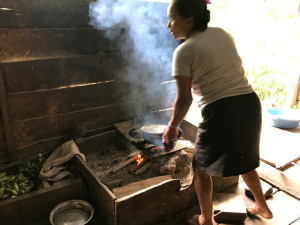 Today there are additional pressures and changes brought about by modernization. The government has provided light throughout the country (although many communities do not have electricity for cooking and other purposes). Children attend elementary and middle school in their villages. However, high school is centralized in larger towns, and people frequently stay in those towns after they graduate rather than going back to their home villages.
Today there are additional pressures and changes brought about by modernization. The government has provided light throughout the country (although many communities do not have electricity for cooking and other purposes). Children attend elementary and middle school in their villages. However, high school is centralized in larger towns, and people frequently stay in those towns after they graduate rather than going back to their home villages.
And then there is the impact of tourism. During our trip, we visited several tribes –the Uru people on man-made reed islands on Lake Titikaka, and the Taquilenos living on Taquile Island (also on Lake Titikaka); the Yagua tribe in the rainforest. Meeting with tourists, demonstrating rituals, making traditional items to sell – these cannot but have an effect on their lifestyle and only some communities allow this contact.
This all brings me back to what it means to be conservative. The dictionary defines “conservative” as being opposed to change and holding to traditional values. I don’t see us that way. Perhaps a better term would be a “conservationist” synagogue – valuing and attempting to preserve tradition while accepting and allowing change. It isn’t easy.
.
- Shabbat in Uzbekistan - Wed, Apr 17, 2024
- Purim in Uzbekistan - Thu, Apr 4, 2024
- Quick-ish Soups - Thu, Feb 22, 2024

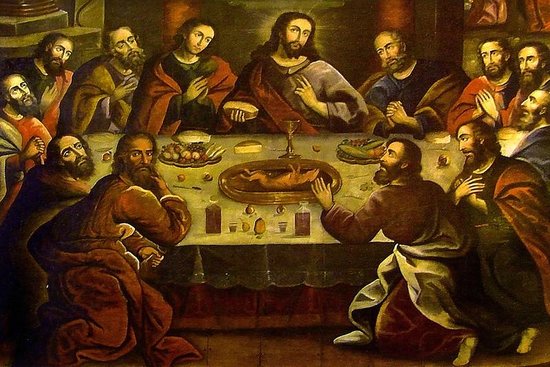
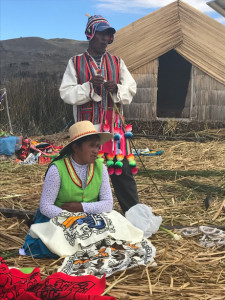
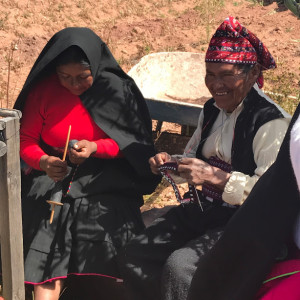
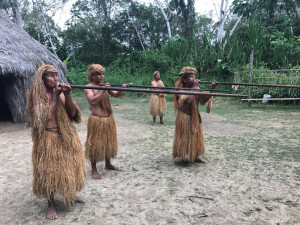
Thank you for thoughtful reflection on your experiences and what we can all learn from them.